Do you have any questions about why not to massage injection sites? If so, then you’ve come to the right place. In this article, we will discuss why not to massage injection sites, what you need to know before deciding, and other potential risks associated with this practice. With the right information, you can make an informed decision about whether or not to massage an injection site.
Contents
Reasons Not to Massage After an Injection
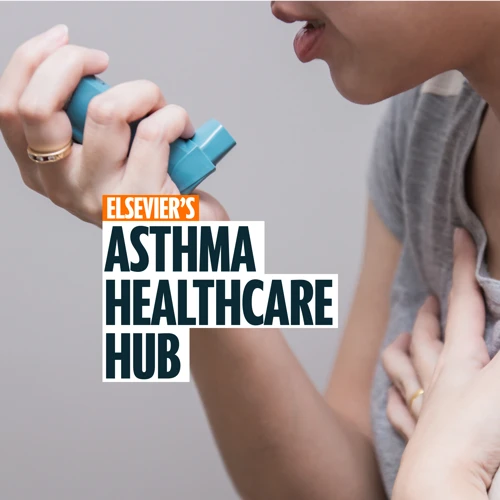
Potential to Disrupt the Vaccine
Massaging the injection site can cause the vaccine to move out of the muscle in which it was injected. This can reduce the effectiveness of the vaccine and increase the risk of side effects.
Potential to Cause Irritation
Massaging the injection site can cause the area to become irritated, leading to redness and swelling. This can be uncomfortable and may even increase the risk of an infection.
Potential to Spread Infection
Vaccines are created to prevent serious diseases, but they can also spread infections if massaging the injection site causes them to move to other parts of the body. This is especially true if the injection site is already infected.
For these reasons, it is generally best to avoid massaging the injection site after receiving a vaccine. If you are concerned about potential side effects, talk to your doctor or pharmacist to determine the best course of action.
Alternatives to Massage
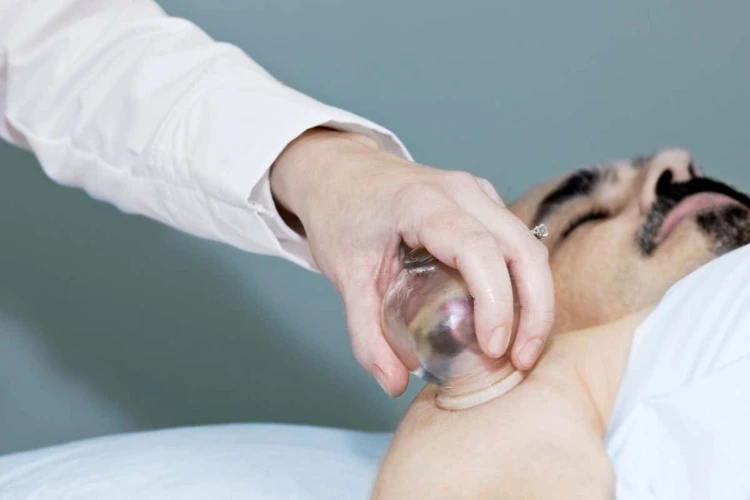
Applying Heat
Applying heat to the injection site can help increase circulation and reduce swelling. Heating pads or warm compresses can be used to provide relief from soreness and pain that can occur after an injection. It is important to ensure that the heat is not too hot to avoid causing damage to the skin.
Applying Cold
Applying cold to the injection site can help reduce inflammation and pain. Cold compresses or ice packs can be used to provide relief from the discomfort associated with an injection. It is important to use a cloth barrier between the cold pack and the skin to prevent damage to the skin from the cold.
Applying Pressure
Applying gentle pressure to the injection site can help reduce swelling and soreness. Use of an elastic bandage to provide gentle compression is a simple and effective way to provide relief from the discomfort associated with an injection. It is important to ensure that the pressure is not too tight to avoid cutting off circulation.
When deciding whether or not to massage an injection site, there are several alternatives that can be considered. Applying heat, cold, or pressure to the injection site can provide relief from the soreness and inflammation associated with an injection. It is important to remember that massage should not be used as a substitute for these alternatives as massage can cause further damage to the injection site and should be avoided.
How to Massage an Injection Site?
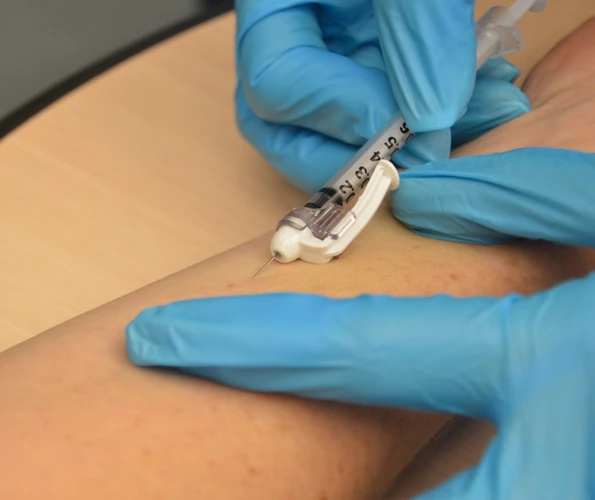
It is not recommended that you massage the injection site after a vaccination. Massaging may cause the vaccine to move away from the intended injection site and cause an ineffective vaccination. Massaging can also cause the vaccine to spread to the surrounding tissue, which can lead to bruising.
Here are some best practices for avoiding massage of an injection site:
- Do not rub the injection site in any way.
- Do not massage the area after the injection is given.
- Apply light pressure to the injection site and gently tap it twice with your fingers.
- Do not apply any type of topical ointment to the injection site.
- Do not cover the injection site with a bandage.
- Ice the injection site to reduce inflammation and discomfort.
Massaging the injection site can cause the vaccine to be absorbed too quickly, which can lead to side effects such as nausea, headache, fatigue, and fever. In some cases, massaging the injection site can also cause an infection. It is important to be aware of these risks before considering massage as a form of treatment for injection sites.
Why We Should Not Massage After Vaccination? Massage of the injection site can cause the vaccine to spread to the surrounding tissue and increase the risk of bruising, infection, and other side effects. Massaging the injection site can also cause the vaccine to be absorbed too quickly, which can lead to nausea, headache, fatigue, and fever. For these reasons, it is not recommended to massage the injection site after a vaccination.
When Can You Start Massaging After an Injection?

Massaging an injection site can be beneficial but it is important to know when it is safe to do so. Generally, it is best to wait at least 24 hours after getting an injection before applying any kind of massage. This gives the skin and muscles time to adjust to the injection, as well as time for any swelling or bruising to subside.
It is also important to be gentle and to avoid massaging too vigorously. If the injection site feels tender, it is best to wait a few more days before massaging or to use a gentler massage technique.
| Type of Injection | Wait Time Before Massaging |
|---|---|
| Vaccine | At least 24 hours |
| Flu shot | At least 24 hours |
| Blood tests | At least 24 hours |
| IV drip | At least 24 hours |
| Allergy shot | At least 24 hours |
When massaging an injection site, it is important to use light circular motions, starting from the outer parts of the injection site and working towards the center. This will help to reduce any soreness or discomfort. It is also important to keep the area clean before and after massaging and to avoid using any lotions or oils, which could cause irritation.
The best way to massage an injection site, especially after receiving a vaccine, is to use gentle circular motions and to avoid putting too much pressure on the area.
Benefits of Massaging After an Injection
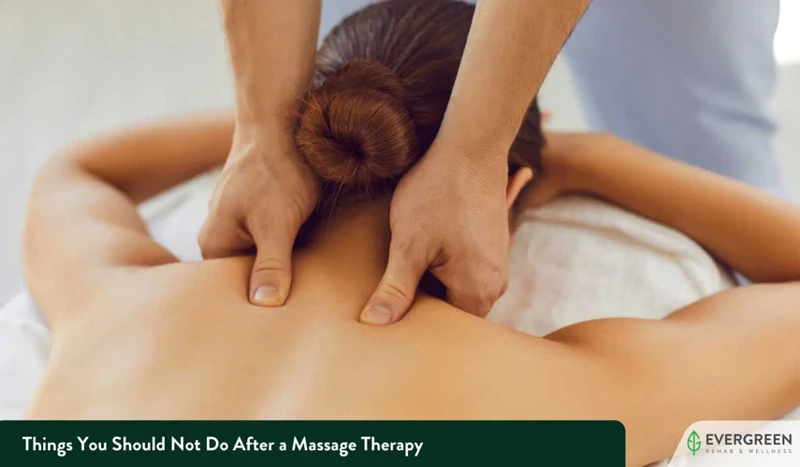
Massaging the injection site after receiving a vaccine or injection can provide a number of benefits. It can help reduce pain, aid in the absorption of the medication, and help with muscle soreness. Massaging the injection site may also help improve blood circulation, which can help the body heal itself more quickly. Additionally, massaging the injection site can help to reduce swelling and bruising.
Massaging the injection site can also help to reduce the risk of developing an infection. This is because massage helps to promote circulation and lymphatic flow, which can help to flush away bacteria and other harmful substances from the injection site. Massaging the injection site also helps to reduce inflammation, which can help to reduce the risk of infection.
Finally, massaging the injection site may also help to reduce the risk of developing an abscess or other complications. Massaging the site can help to promote healing and prevent infection. Therefore, it is important to consider massaging the injection site after receiving a vaccine or injection. However, it is important to note that why not to massage arm after vaccine because it may increase the risk of bruising or soreness. Therefore, it is important to talk to your doctor before deciding to massage the injection site.
Dangers of Massaging After an Injection
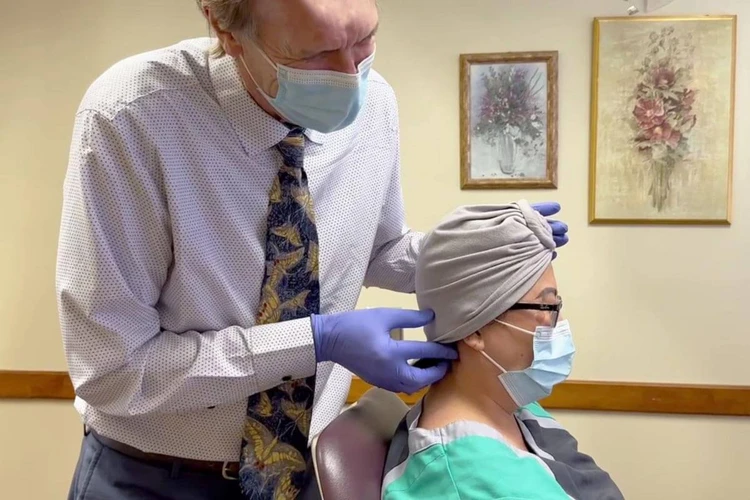
- Risk of Bleeding: Massaging an injection site can cause the needle to move and can result in bleeding and hematoma formation.
- Risk of Infection: Massaging the injection site can increase the risk of infection, especially if the area is not clean.
- Risk of Delayed Healing: Massaging the area can cause the wound to heal more slowly than it normally would.
- Risk of Pain: Massaging the injection site can cause additional pain and discomfort.
- Risk of Allergic Reaction: Massaging the area can cause an allergic reaction or irritation, especially if the area is sensitive.
- Risk of Damage to Tissue: Massaging the area can cause damage to the skin or underlying tissue, leading to scarring.
Massaging an injection site can be dangerous and should be avoided. If you have been vaccinated and are wondering “Can I massage where I got my vaccine?”, the answer is no. Massaging an injection site can cause bleeding, infection, delayed healing, pain, allergic reaction and tissue damage. For safety reasons, it is best to avoid massaging an injection site.
Questions to Ask Your Doctor Before Massaging an Injection Site
- Are there any risks associated with massaging an injection site? Risks associated with massaging an injection site include increased risk of infection, increased bleeding, inflammation, and scarring. Additionally, it can cause further irritation or damage to the injection site.
- Is massage beneficial for the injection site? Massaging an injection site can increase circulation and help reduce swelling. In some cases, it may also help to improve the absorption of the medication.
- How should I massage the injection site? It is important to massage the injection site gently and slowly. Do not massage too hard, as this can cause further irritation or damage to the injection site. Additionally, you should avoid rubbing in a circular motion, as this can cause further irritation.
- Are there any medications that shouldn’t be massaged? Certain medications, such as insulin, should not be massaged, as this can cause the medication to be absorbed too quickly or too slowly. It is important to speak with your doctor before massaging any injection site.
- When should I massage the injection site? It is generally recommended to massage the injection site after the injection is administered, as this can help reduce swelling and improve absorption of the medication. However, it is important to follow your doctor’s instructions.
Frequently Asked Questions
What are the Potential Risks Associated with Massage Injection Sites?
-
1. Infection: Injections can introduce bacteria and other pathogens into the skin. If not done correctly, massage injections can increase the risk of infection.
2. Tissue Damage: If the injection is too deep, it can cause tissue damage and bruising.
3. Allergic Reactions: Allergies to the ingredients in the injection solution can cause a range of reactions, from mild itching to anaphylaxis.
4. Nerve Injury: Massage injections can cause nerve damage, which can lead to numbness, tingling, or pain in the injected area.
5. Blood Clots: Injections can cause blood clots, which can be dangerous if they travel to the lungs or brain.
6. Scarring: Improper injection techniques can lead to scarring of the skin.
Is Massage Injection Site Safe for People with Certain Medical Conditions or Allergies?
Massage injection sites can pose a risk for those with medical conditions or allergies, as the needle used to inject the medication can introduce potentially harmful substances into the body. People with diabetes, heart disease, or an allergy to the medication should discuss any potential risks with their doctor before undergoing massage injection therapy. Additionally, people who have vascular or circulatory issues should not use massage injection sites as they can be dangerous.
Is it necessary to consult with a physician before deciding to get a massage injection site?
Yes, it is strongly advised to consult with a physician before deciding to get a massage injection site. Injections can be dangerous and have the potential to cause serious health problems, such as infection, nerve damage, and even death. Therefore, it is important to discuss the risks and benefits of massage injections with a medical professional before making a decision.
What Are the Benefits of Getting a Massage Injection Site?
Pain Relief: Massage injection sites can provide immediate pain relief, as well as long-term pain relief by increasing blood flow, reducing muscle tension and fatigue, and decreasing inflammation.
Improved Mobility: Massage therapy can help improve mobility in the injection site, which can improve range of motion and help reduce stiffness.
Reduced Stress: Massage can help reduce stress levels, including reducing cortisol levels and increasing endorphin levels. This can help improve overall mood and reduce stress-related symptoms.
Improved Circulation: Massage improves circulation, promoting healthy blood flow to the injection site and beyond. This can help reduce swelling and improve healing.
Improved Mental Health: Massage can help reduce stress, anxiety, and depression, and can help improve overall mental health.
Is Massage Injection Site Covered by Health Insurance?
- Yes: Most health insurance plans will cover massage injection site services provided by a licensed provider, including physical therapy, chiropractic care and acupuncture.
- No: Some insurance plans may not cover massage injection site services due to the lack of scientific evidence proving its effectiveness or the potential for complications.
The decision to cover massage injection site services is ultimately up to the individual insurance company. It is important to check with your insurance provider to determine if the service is covered before scheduling an appointment.
Conclusion
Massage injection sites can be a great way to reduce pain and improve the healing process. However, it is important to discuss any potential risks with a healthcare professional before taking this route. It is also important to understand the potential benefits and limitations of massage therapy to ensure that it is the right option for you. With proper guidance and understanding, massage injection sites may be a great way to improve your health and wellness.

